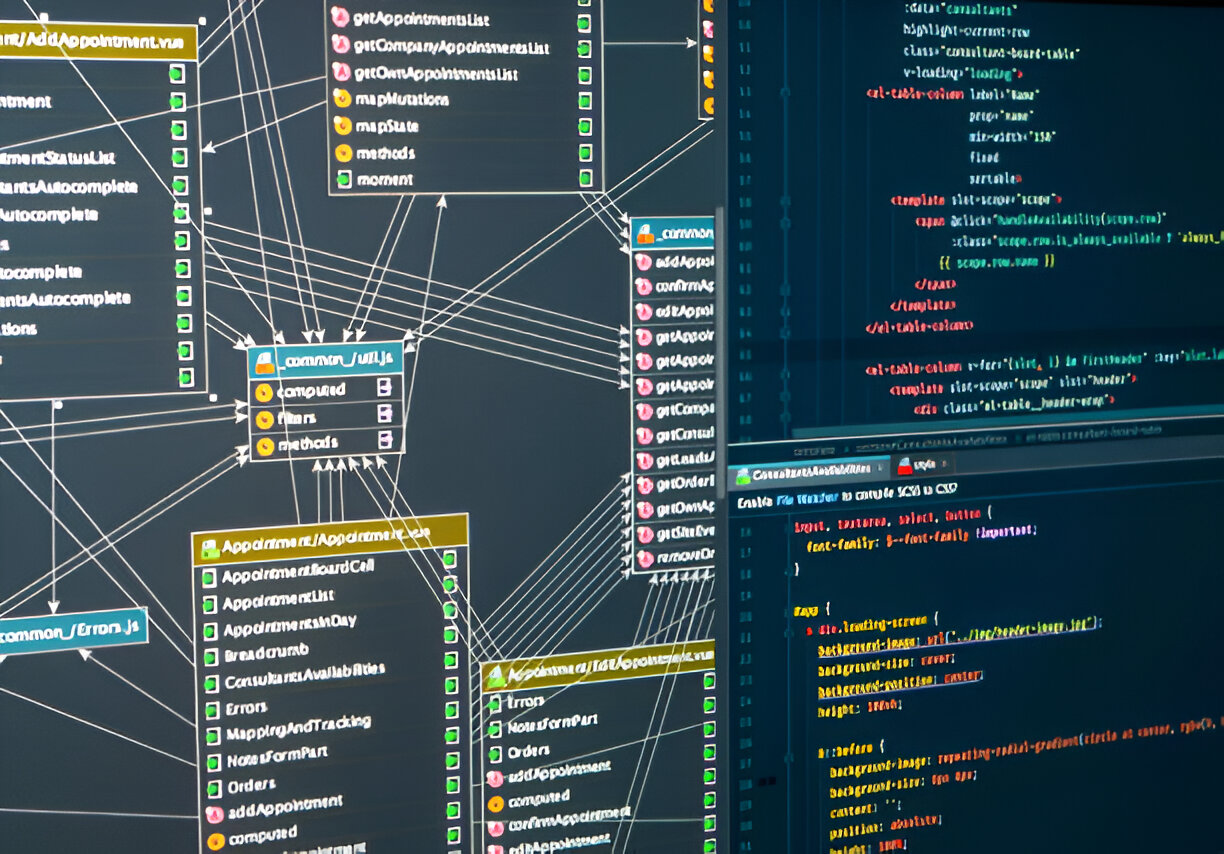Imagine launching a website that crashes under heavy traffic or becomes a target for hackers. A robust back-end is the backbone of any successful website, ensuring security, scalability, and performance. Whether you’re starting your development journey or refining your skills, this guide is tailored to help you lay solid foundations for secure and scalable back-end development.
Who Is This Blog For?
This blog is for beginner to intermediate developers passionate about web development and eager to enhance their back-end skills. It addresses common pain points like:
- Understanding the basics of back-end development.
- Building websites that can handle high traffic seamlessly.
- Protecting websites from security vulnerabilities.
- Bridging the gap between theoretical knowledge and practical application.

Building the Foundations: Key Pillars of Back-End Development
1. Understand the Role of Back-End Development
The back-end of a website handles:
- Data storage and management via databases.
- Server-side logic, such as processing user requests.
- Authentication and authorization to secure user data.
- API integration to connect different services.
Example:
When a user logs in, the back-end validates their credentials, retrieves their profile from the database, and securely displays it.
2. Choosing the Right Tech Stack
A solid tech stack ensures your website is both scalable and maintainable.
- Languages: Python, JavaScript (Node.js), PHP, Ruby.
- Frameworks: Django, Express.js, Laravel, Ruby on Rails.
- Databases: PostgreSQL, MongoDB, MySQL.
- Cloud Services: AWS, Azure, Google Cloud.
Pro Tip:
Combine lightweight frameworks like Express.js with scalable databases like PostgreSQL to balance performance and cost.
3. Prioritize Security Best Practices
Data breaches can devastate a business. Protect your back-end by:
- Encrypting sensitive data (use TLS and HTTPS).
- Implementing input validation to prevent SQL injection.
- Using authentication protocols like OAuth2 and JWT.
- Regularly patching vulnerabilities in dependencies.
Action Step:
Set up automatic dependency monitoring tools like Snyk or Dependabot to catch vulnerabilities early.
4. Focus on Scalability
Ensure your website can grow alongside your user base.
- Use load balancers to distribute traffic.
- Opt for horizontal scaling (adding more servers) rather than vertical scaling (adding resources to a single server).
- Implement caching with tools like Redis or Memcached to speed up response times.
Case Study:
Netflix leverages microservices architecture for scalability, allowing it to serve millions of users simultaneously without performance dips.

5. Integrate Testing and Monitoring
Catch bugs before they reach production with:
- Unit tests for individual components.
- Integration tests to ensure modules work together.
- Monitoring tools like New Relic or Datadog to track server health and performance.
Quick Tip:
Automate your testing pipeline using CI/CD tools like GitHub Actions or Jenkins.
6. Adopt Agile Development Practices
Break development into manageable sprints to:
- Quickly adapt to changing requirements.
- Continuously test and deploy updates.
- Maintain open communication with stakeholders.
Why Back-End Development Is Key to Website Success
A well-built back-end is the unsung hero of a successful website. It enables:
- Seamless user experiences by processing requests efficiently.
- Secure handling of user data, building trust with your audience.
- Scalability to handle growth, ensuring your website is future-proof.
Read this blog for more details Choosing the Right Back-End Language: Node.js, Python, PHP, or Ruby?

Conclusion
Secure and scalable websites don’t just happen—they’re built on solid back-end foundations. By choosing the right tech stack, prioritizing security, and focusing on scalability, you’re not just creating a website; you’re crafting an experience that grows and evolves with your audience.
Ready to Level Up Your Skills?
Explore more guides on back-end frameworks or start building with tools like Django or Node.js. Share your journey or ask questions in the comments below!



